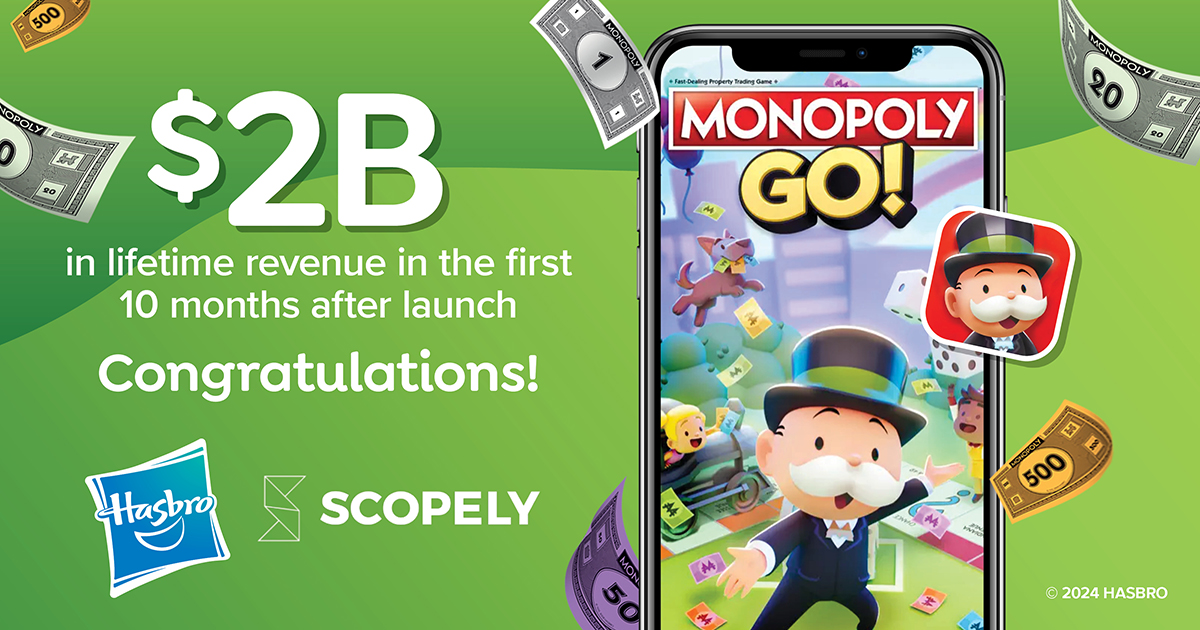This comprehensive case study delves into the journey of “Fight For America” (FFO), an innovative hybridcasual tower defense game developed together with Hitica, a prominent hypercasual studio. With an unwavering focus on testing core mechanics and a bold ambition to conquer the gaming market, Hitica joined forces with Homa to elevate their game, achieving over 8 million downloads and an impressive 40% IAP-generated revenue on IOS, FFO has captivated players worldwide.
FROM CONCEPT TO VICTORY: THE JOURNEY OF “FIGHT FOR AMERICA” AS A HYBRID TOWER DEFENSE GAME
The inception of “Fight For America” can be traced back to Homa Lab, where Hitica, a trusted partner of Homa, embarked on a journey to create a captivating gaming experience. After rigorous testing of over 50 games, the “Fight For America” concept emerged during a brainstorming session proposed by one of Homa’s Publishing Managers (PM).
Inspired by the market’s demand for engaging, masculine-oriented games with long-term player value, the title aimed to deliver an immersive tower defense battle set in the United States’s heart, akin to the triumph of “State.io.”
Today, “Fight For America” stands tall as a hybrid tower defense game that seamlessly blends the elements of shoot ’em up and tower defense genres. Its success lies in its simplicity in terms of concept and visuals, making it easily accessible to players of all backgrounds.
At its core, the game revolves around defending the United States from invaders and providing players with a clear objective and purpose as they progress through different states, to achieve victory.
Throughout the development and publishing process, Homa played a pivotal role, providing continuous support and guidance to ensure the success of “Fight For America.” Homa’s commitment and hybridcasual expertise contributed to the game’s growth, taking it to new heights and captivating players worldwide.
LONGER RETENTION RATE AND PLAYTIME
Initially, the game had a retention rate (RRD1) of 28%, which is relatively average, as it featured only 2-3 states. The playtime (PTD0) was at 1500 seconds. With such limited content, players could complete the game in half an hour, resulting in fewer return visits. However, the team noticed a high completion rate among those who engaged with the available content, prompting them to embark on a more advanced development phase and invest additional resources.
Departing from the typical hypercasual approach of rapid releases every week or two, Homa & Hitica embraced a longer-term vision. This involved crafting a detailed roadmap and refining the gameplay systems and content for six weeks. The outcomes of these efforts will be explored further in the subsequent section of this article.
RV AS AN EXTRA BENEFIT
Another significant challenge emerged in optimizing rewarded video (RV) integration due to excessive consumption by some users, combined with an extremely low LTV. Unlike established hypercasual games that heavily rely on interstitial videos (IS), “Fight For America” sought to enhance player engagement by offering RVs as an additional means of progression and experience. The surplus consumption of RVs created scarcity within the in-game economy, leading to a pronounced discrepancy in user engagement.
On the first day, approximately 35% of users watched over 15 RVs, while 30% watched fewer than 2 RVs. Consequently, the eCPM for RVs & IS faced a considerable impact, as continuous RV consumption prompted monetization networks to optimize eCPMs downward to lower than 15$. The challenge was aggravated by the placement of an RV option that offered additional coins, enticing some players to continuously click and watch RVs.
RESULTS: A HYBRIDCASUAL HIT
The efforts and strategies implemented by Homa yielded unparalleled results:
- Doubled eCPM on both interstitial ads and rewarded videos
- Tripled average revenue per daily active user (ARPDAU)
- Doubled session length, indicating increased player engagement
- 8M+ downloads globally
- 40% of LTV on IOS is IAP-generated
- 3%-5% conversion to IAP
Read the full article at the link

782













 2 minutes
2 minutes







 1 minute
1 minute


